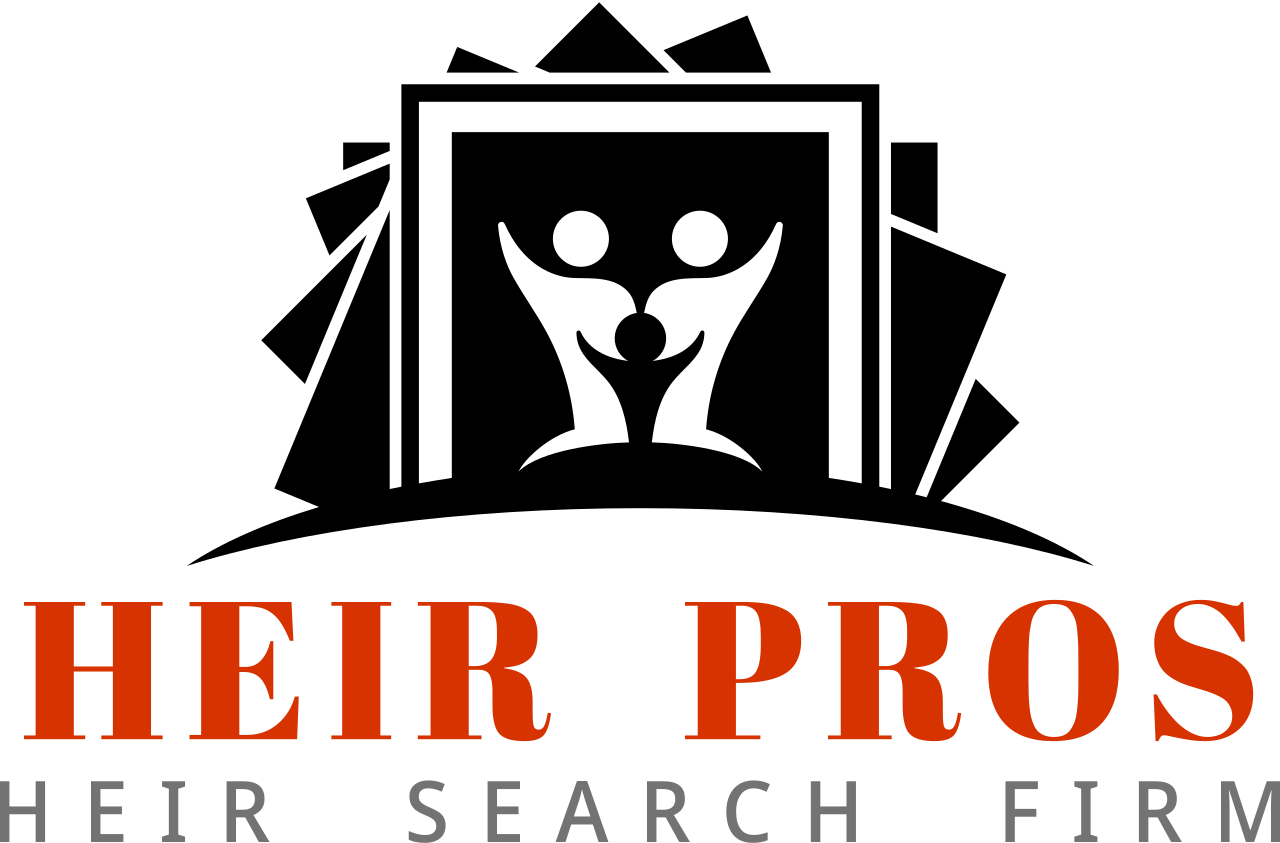A successful genealogical research plan involves setting clear, specific, and achievable objectives, starting with known information, forming a working hypothesis, identifying key sources, analyzing data, and summarizing findings. It’s important to remain flexible, utilize technology, and keep detailed logs of sources, evidence, and analyses to ensure credible and comprehensive research.
The key elements of a successful genealogical research plan include setting clear goals, detailing known information, creating a hypothesis, identifying essential resources, analyses, and summarizing your findings.
Lack of the correct steps in each of these sections in your genealogical plan could spell doom to your genealogy research and leave you vulnerable to frustrations. You must detail what is needed in each element and the best way to achieve it.
This guide highlights each of these crucial elements to ensure a successful genealogical research plan.
Jump to Section
Set Genealogical Research Objectives
There must be a reason you’re interested in conducting genealogy research, such as finding out the full names of your great-grandfather who immigrated to the US, locating a village in their old country, or identifying the year they immigrated.
Whatever your main objective in your forthcoming genealogical research, it must be specific, achievable, and realistic. While it’s common to have several objectives in your family history analysis, it’s advisable to focus on only one or two objectives at a time.
Similarly, consider setting short-term goals that contribute to the main objective. For example, if your main objective is to identify your great-grandfather who immigrated to the US and his lineage, you can have short-term objectives such as finding him in the US census records or identifying his exact year of immigration.
Most importantly, keep the main objective in mind, as many get swayed by interesting facts that emerge down their family tree research. The best practice is to keep the main objective clearly written where you can see it or rewrite it before starting a new research question.
Start With the Known Information
Readily available information serves as a baseline for your future research. Study any findings from previous research or gather documents, photos, letters, family bibles, etc., from your homes and relatives.
A thorough search of your family’s repository or a detailed interview with your relatives, especially the elder ones, can provide a glimpse of your ancestry and enlighten your research direction.
Documents could also provide crucial dates, names, or events relevant to your research objectives. However, consider cross-referencing any information you find to identify any gaps and inconsistencies.
Similarly, take the family stories with a pinch of salt until you verify from other reliable resources.
Name variations are some of the crucial data points you can gather with readily available information.
Since this is the first point at which you gather information in your genealogical research plan, you must be sure to keep everything orderly going forward. Organize the information and records at your disposal according to their timeline for easy retrieval and to avoid confusion in the future.
Form a Working Hypothesis
Based on the readily available information, you may have a clue about your ancestry or research, making it easy to make an educated guess about the potential answer to your research question.
For example, if you’ve come across your ancestors’ names in the 1900 and 1920 census but not in the 1910 census records, it would be safe to speculate that they may have immigrated around 1910.
The hypothesis may help design studies, allow for practical testing, and add to your scientific knowledge. However, note that findings throughout your research may prove or disprove your hypothesis and completely change the entire research direction.
Identify Key Sources
At this point, your genealogical research plan has taken shape. The next thing would be to identify the information you need and where to find it. While there’s a myriad of resources for genealogical information, you only need to focus on those with the best results and that are relevant to your research question.
For example, sources with immigrant ancestors may include naturalization records, passenger lists, and Alien registration files (1940-1944).
Another vital entry you need to add in this section is how to access every resource that you list. Note down the easy-to-access repositories like your local public libraries and those that may require a subscription, like Ancestry.
For example, if you need passenger lists of immigrants who entered the US through the port of New York, the National Archives and Records Administration (NARA) have comprehensive lists.
Unfortunately, not all the crucial sources may be available online, and some may need physical retrieval. Others are in printed form, such as The Germans to America: Lists of Passengers Arriving at US Ports (1850-1897), a publication by Ira Glazier and William Filby.
Whatever your key sources, they should appear in your plan in the order of access, prioritizing the online repositories. Be sure to leverage genealogy software, logs, or journals to detail the information provided in each source, what information is missing, and any source that may lead to another.
Data Analysis
The data analysis element of your genealogical research plan should be guided by the guidelines provided by the Board for the Certification of Genealogists (BCG). Nonetheless, the analysis section of your plan should involve cross-referencing data from multiple sources to confirm validity.
Is the record credible? Does it answer your research questions? Are there discrepancies across the records? Your analysis should help you answer such questions and inform the findings you enter into the log.
In addition to findings, the log should convey your thoughts, evidence, theories, and a list of sources to maintain credibility and ease of future use.
Summary
A successful genealogical research plan must also consider a summary or a detailed report that addresses the objectives met and the potential need for further research. You must plan the best way to summarize your findings for family members or audiences not ready to study to the nitty-gritty of the entire process.
Also be sure by the end of your research whether you’re going to print the report in a journal, a book, or a family blog for sharing and preservation.
Be Flexible and Embrace Technology for A Successful Genealogical Research Plan
With clear goals, hypotheses, essential resources, and proper analysis, your plan could yield positive results in your family history search. However, note that research plans are living documents, and you may need to redefine your objectives and hypotheses if findings prove dynamic, negative, or inconclusive.



